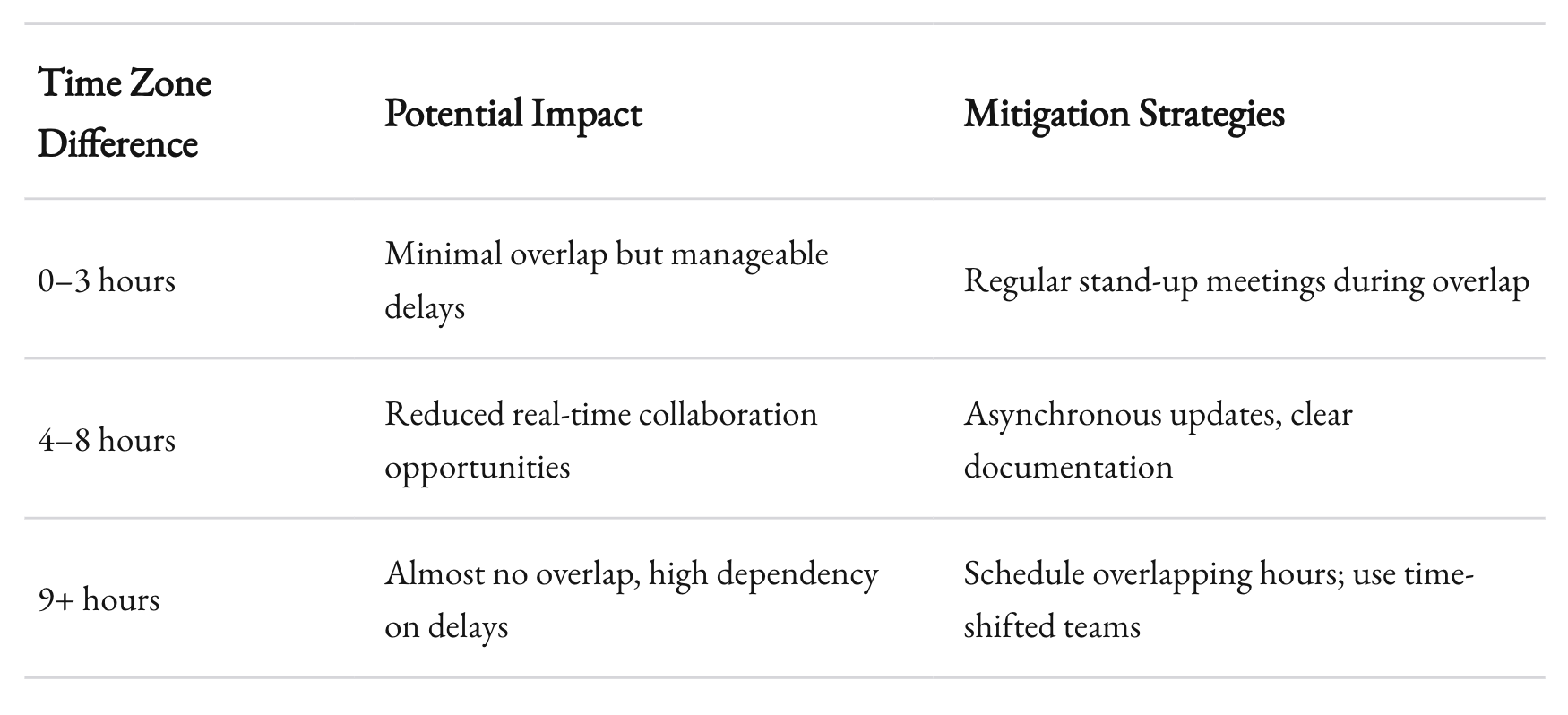What Are the Potential Hidden Costs of Outsourcing Software Development?
Outsourcing software development? Avoid costly surprises with our detailed guide to hidden challenges.

Outsourcing software development feels like a no-brainer at first. Lower costs, access to global talent, and faster turnaround times — who wouldn’t be tempted? But, as with anything that seems too good to be true, there are catches. Many companies dive in without realizing the hidden costs lurking beneath the surface. These can derail budgets, timelines, and even entire projects.
I’ve run 1985, an outsourced software development company, for years. I’ve seen businesses thrive by outsourcing. I’ve also seen them falter, not because outsourcing itself is flawed, but because of unforeseen pitfalls. Let’s peel back the layers to explore these hidden costs and, more importantly, how to avoid them.

Communication Breakdowns
Outsourcing often involves working across time zones, cultures, and languages. Sounds manageable, right? But the reality can get messy.

Time Zone Challenges
If your outsourced team is in a completely different time zone, overlapping work hours can be minimal. Imagine waiting 24 hours for an answer to a simple question because your working hours barely overlap. Multiply that by weeks or months, and you’re looking at delays that eat into your timeline.
Cultural Nuances
Communication isn’t just about language. It’s also about understanding context, tone, and expectations. For example, in some cultures, saying “no” is avoided at all costs, even if the actual answer is “no.” This can lead to misunderstandings or unmet expectations.
Solution
- Overlap Hours: Insist on at least a few overlapping work hours.
- Invest in Training: Provide cultural training for both your internal team and the outsourced team.
- Use Collaboration Tools: Tools like Slack, Zoom, or Notion can bridge some of the gaps.

Quality Assurance Gaps
Outsourcing doesn’t automatically mean poor quality, but it often means you need to keep a sharper eye on quality control. Why? Because you’re dealing with people outside your immediate team who might have different standards or incentives.

Lack of Context
Your in-house team knows your business inside out. An outsourced team, however, doesn’t. They might misunderstand your product’s end-user needs, which can lead to features that miss the mark.
Limited QA Resources
Many outsourcing vendors focus on delivering code quickly. QA testing can take a back seat unless explicitly prioritized. Bugs caught late in the development cycle are exponentially more expensive to fix.
Solution
- Define Quality Metrics: Be crystal clear about your quality benchmarks upfront.
- Dedicated QA Teams: Ensure the outsourcing partner has a robust QA process.
- Regular Demos: Conduct weekly demos to catch issues early.

Scope Creep
You start with a clearly defined scope. But as the project progresses, small requests and changes add up. Before you know it, the project looks nothing like the original plan — and neither does your budget.

Why It Happens
- Lack of Detailed Requirements: Vague initial requirements lead to misinterpretations.
- Weak Project Management: Without strict oversight, minor changes spiral out of control.
- Vendor Overpromising: Some vendors agree to every request just to keep you happy.
The Cost
Every additional feature means extra hours, which means extra costs. It also pushes deadlines further, creating a ripple effect across your operations.
Solution
- Lock Down Requirements: Use detailed wireframes and user stories before development begins.
- Change Management: Establish a process for approving new features, including impact analysis.
- Hire a Strong PM: A project manager who can say “no” is worth their weight in gold.

Hidden Fees and Overhead
Outsourcing is often pitched as a cost-saver. But those upfront savings can quickly vanish when hidden fees and overheads come into play.

Common Hidden Costs
- Onboarding Time: Training outsourced teams on your processes and tools takes time.
- Currency Fluctuations: Paying in foreign currencies can lead to unpredictable costs.
- Legal and Compliance Fees: Ensuring data protection and intellectual property compliance adds another layer of cost.
Solution
- Ask for Transparency: Request a detailed breakdown of costs upfront.
- Currency Hedging: Use forward contracts to mitigate exchange rate risks.
- Use Automation: Automate repetitive tasks to reduce onboarding time.
.jpg)
Employee Morale Issues
Bringing in an outsourced team can sometimes make your in-house team uneasy. They may see it as a threat to their job security or feel undervalued.

Why It Matters
Low morale can lead to decreased productivity, higher turnover rates, and even active resistance to collaboration with the outsourced team.
Solution
- Involve Your Team: Make them part of the decision-making process.
- Communicate Clearly: Explain the “why” behind outsourcing.
- Show Appreciation: Celebrate milestones achieved collaboratively by in-house and outsourced teams.

Intellectual Property Risks
Outsourcing often requires sharing sensitive information, from proprietary code to customer data. This opens the door to intellectual property (IP) risks if not handled correctly.

Potential Risks
- Data Breaches: A leak could damage your reputation and invite legal trouble.
- IP Ownership Confusion: Ambiguous contracts can lead to disputes over who owns what.
Solution
- Use NDAs and Contracts: Ensure robust legal agreements are in place.
- Vet Vendors: Work with trusted partners who have strong data security protocols.
- Control Access: Only share what’s absolutely necessary.
Case Study: When Outsourcing Goes Right
A mid-sized SaaS company partnered with 1985 to develop a customer-facing dashboard. Initially, they faced time zone challenges and minor quality issues. Here’s how they turned it around:
- Overlap Hours: Introduced a two-hour daily overlap for real-time collaboration.
- Weekly Demos: Caught bugs early by showcasing progress weekly.
- Dedicated PM: Assigned a PM to act as a bridge between teams.
The result? They delivered the dashboard ahead of schedule and under budget. The secret wasn’t just outsourcing. It was outsourcing done right.
Outsourcing software development is not a magic trick. It’s a strategy that requires careful planning, clear communication, and constant oversight. The hidden costs we’ve discussed — communication breakdowns, quality assurance gaps, scope creep, hidden fees, morale issues, and IP risks — are all manageable with the right approach.
At 1985, we’ve built our reputation by helping businesses navigate these challenges. Outsourcing can deliver incredible value, but only when executed thoughtfully. Keep your eyes open, ask the hard questions upfront, and treat your outsourced team as an extension of your own.
Ready to outsource smarter? Let’s talk.



